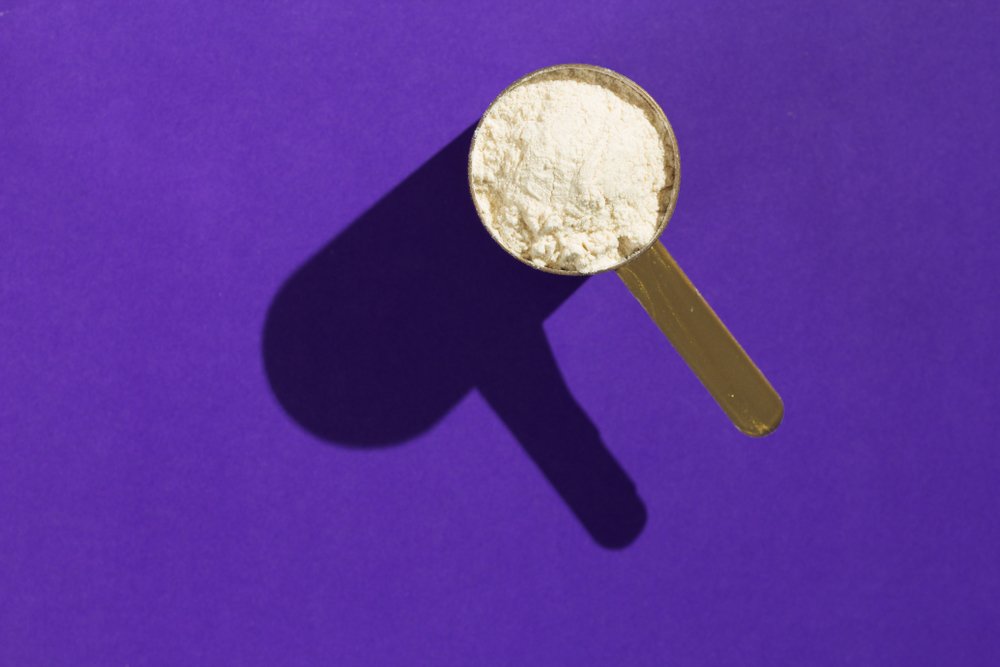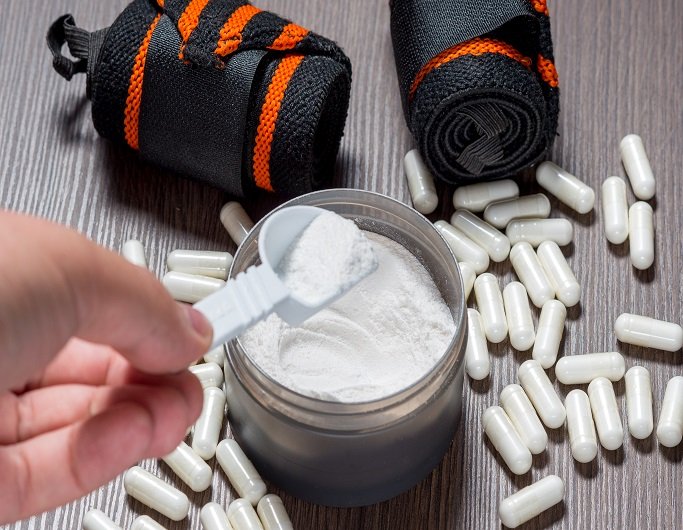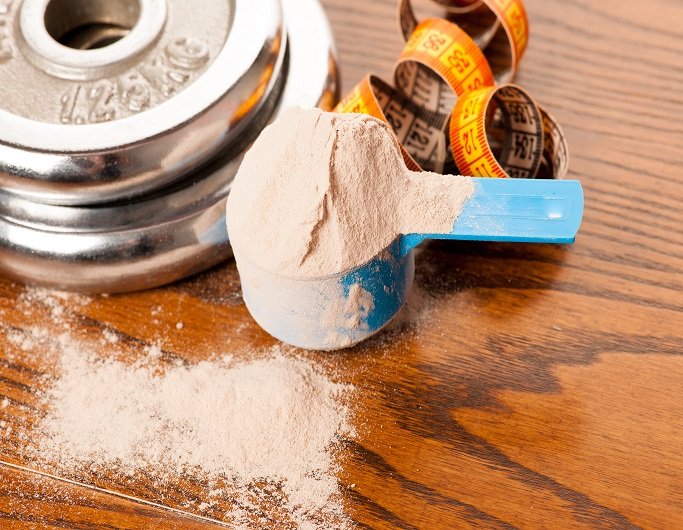
Which Protein? The Inside “scoop” On Protein Types
It’s a minefield out there. When hunting for the right protein for you, I wouldn’t blame you at all for being bamboozled. It seems that every food, protein-rich or not, has a protein powder version to its name! Why are there so many? Why not just stick with something tried and true like whey protein? I get these questions all the time.

Tolerance, Dietary Type & Preference
Whey is king. There are innumerable studies that act as testament to the superiority of its various types, in terms of bioavailability, health benefits, anabolism etc. But you can’t have everything – what about those who can’t consume dairy? Some are born with this choice made for them (lactose/dairy intolerant people) and some opt out of dairy consumption themselves (vegans, subscribers to the paleo philosophy, etc.), but whatever the case, there are alternative protein sources, meaning that the holy grail of gains may nonetheless be pursued with fervour.
Vegans may choose pea protein, hemp protein, wheat protein and/or soy protein, or any combination of those. Dairy intolerant people may, too, benefit from these choices, and also have open to them the “paleo” protein powders such as egg protein and beef protein.
Time for Digestion & Absorption
There are certain times in the day when it really makes sense to have a fast-digesting protein, such as pre, intra and post-workout. Many people have jumped on the bandwagon and decreed that nutrient timing has been “debunked” as a “myth”. These people have abandoned the notion of “peri-workout nutrition”, apparently not having actually read Alan Aragon’s review nor understood the specificity of the term (“peri-workout” is a term coined to encapsulate the time ‘around’ a workout – ie. perimeter).
The fact of the matter is that a fast-acting protein means that blood can stay in the muscle around the workout, rather than being diverted to the digestive system to deal with less easily digested foods. Whey protein can also ensure an insulin response that negates excessive post-workout carbohydrate consumption, useful for those on a diet.
Bottom line: pre, intra and post-workout, choose a good whey protein isolate.
Lower-than-bottom line: studies have demonstrated that a multiple-source post-workout protein shake leads to greater gains through its capacity to sustain protein synthesis. Therefore a moderate-speed protein like egg or soy, and a slow-digesting protein like casein leads to prolonged protein synthesis.
Final point on this, I promise: casein protein is also great before bed due to its slow speed of digestion (up to eight hours), it can fuel the body during an overnight fast (mild muscle breakdown can occur during such a time, due to a depleted liver’s reliance on gluconeogenesis via muscle tissue, thus indicating a piece of fruit before bed, too!).
Amino Acid Profile: Something to Consider With Each Scoop
The main man, Layne Norton, was one of the pioneers of leucine love. His PhD thesis awoke us to the minimum leucine threshold for maximizing MPS (muscle protein synthesis) in each meal. Studies such as his have demonstrated that around 3g leucine is sufficient: a benchmark for every meal you eat.
This is particularly pertinent given that leucine content is different in different protein sources, meaning that different amounts of powder are required depending on the source – a key consideration. Whey protein leads the table at 12% leucine (per 100g), meaning only a single 25g scoop of whey protein is enough to do the job. Bear in mind, however, that 25g of a whey protein powder does not equate to 25g whey protein, it will be more like 30g (more or less, depending on the purity of the product). To summarise, I have compiled some data below that shows the percentage of leucine in the protein types I have mentioned, and so the amount of pure (see discrepancy between protein content and scoop size mentioned above) protein required to maximize MPS:
Source (leucine content % / grams of protein required)
- Whey (12 / 26)
- Beef (8 / 36)
- Egg (8.6 / 34)
- Casein (9.4 / 32)
- Wheat (6.8 / 45)
- Soy (8 / 36)
- Hemp (5.8 / 52)
- Pea (8.5 / 34)
Lift Long and Prosper
As you can see, hemp protein is a very inefficient way of stimulating protein synthesis, requiring more than fifty grams of pure protein, exacerbated by the fact that hemp protein powder is almost invariably un-concentrated, meaning that you’ll actually need about 80g of powder. Although it’s great for micro and phytonutrients, fibre, and EFAs etc., hemp is not efficient as far as protein sources go. As a vegetarian athlete, it is my favourite bulking protein source, my all-in-one, due to these free calories.






No Comments yet!